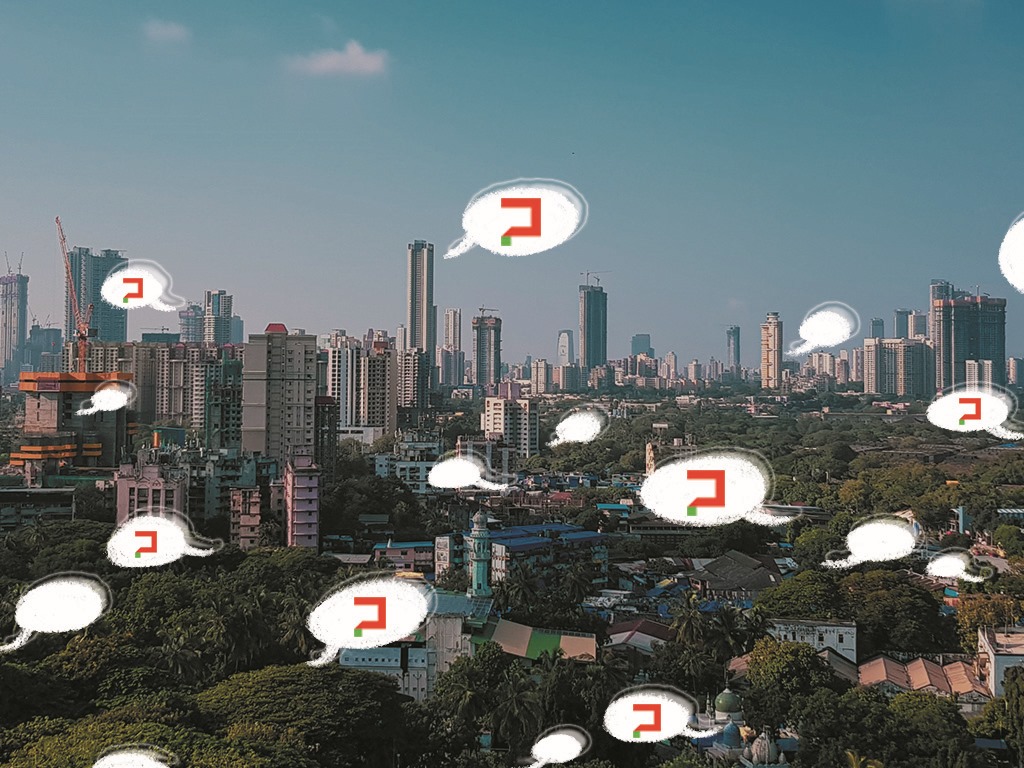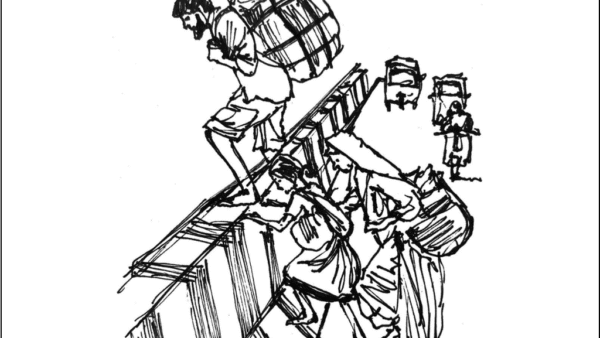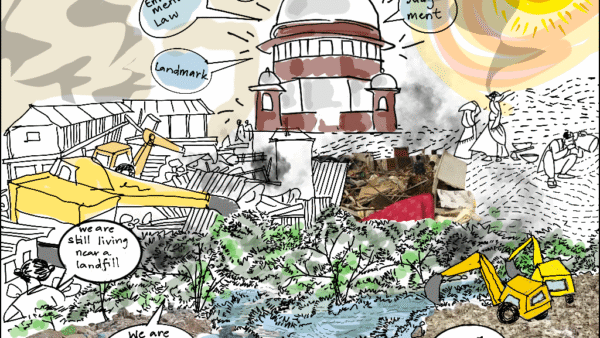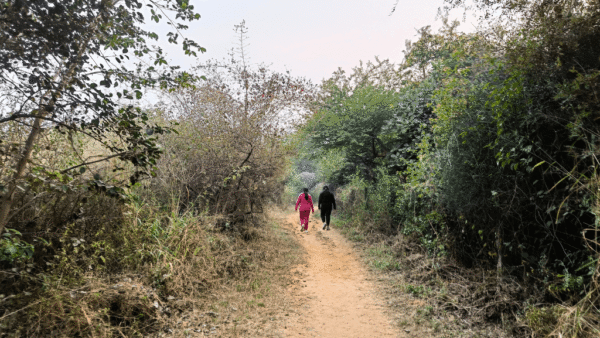As 2023 comes to a close, it is customary to compile year-end lists of the work done throughout the year. At Question of Cities, we join the bandwagon not as an exercise in self-congratulation but more as a reflection of what we were able to observe and document about cities, environment and people. And what this says about our cities and life in them.
The question for us has been how to draw attention and suggest ways to make our cities more sustainable and more equitable for all. We selected themes after much thought and focused on a theme in every edition of the journal. This year, Question of Cities brought to you researched essays and reported stories on independent India’s first cities, pollution, flooding and heat as climate change intensifies, gender issues and outdoor work, redevelopment in which policy tools such as Floor Space Index are turned into financial instruments, housing and slums including the much-discussed Dharavi, and our ongoing series on streets, trees and festivals.
We had heartwarming special moments this year. Distinguished professionals contributed to the journal – from internationally renowned urbanists like Saskia Sassen who wrote on the doyenne Jane Jacobs, veteran architect KT Ravindran, architect-academic Rachel Keeton to climate researcher and co-author of UN reports Dr Chandni Singh, heat researcher Dr Rajashree Kotharkar, well-known bureaucrat Gautam Chatterjee, lawyer and urban activist Mathew Idiculla, and noted sociologist Dr Indra Munshi. We are honoured to feature their work and look forward to enlarging our community of contributors next year.
Question of Cities collaborated with the Climate Action Network South Asia to roll out the QoC-CANSA Fellowship on cities and climate change in mid-2023. The Fellowship supported academics and journalists from India, Pakistan, Bangladesh and Nepal to bring forth deeply researched and reported stories from cities in these countries focused on people and climate change. A compendium of selected stories were released as a book at the recently-concluded UN Conference of Parties, or COP28, in Dubai.
The journal was at a few awards too. Multimedia journalist of Question of Cities Jashvitha Dhagey won the prestigious Laadli Media Award for Gender Sensitive Reporting for her story ‘Wanted: Safe and affordable housing for women’. With co-writer Dnyaneshwari Burghate, then working with the journal, Dhagey received a Jury Appreciation for their photo essay ‘The rural in the urban: Warli women of Mumbai’s National Park’. Contributor and the well-known environmental journalist Shalini Singh was awarded the highly-regarded Ricardo Memorial Prize for Broadcast Media 2023 for, among other work, her essay on the need to translate climate justice into action on the ground in India’s cities. Read it here.
Of the 113 essays across 25 editions that we brought to you this year, here are some of the most-read ones and a few of our favourites.
1. Reading Jane Jacobs today: Why her urban renewal agenda is still relevant
Saskia Sassen, internationally-renowned Dutch-American sociologist, who cherished a long relationship with Jane Jacobs, wrote in the essay that the ideas which Jacobs advocated have lost none of their relevance more than 60 years later. When people in cities across the world fight to save their neighbourhoods, local economies, and green spaces, they knowingly or unknowingly invoke Jane Jacobs who taught us to ‘see’ the city, to register its everydayness, and recognise what becomes invisible in the process of conventional urban development.
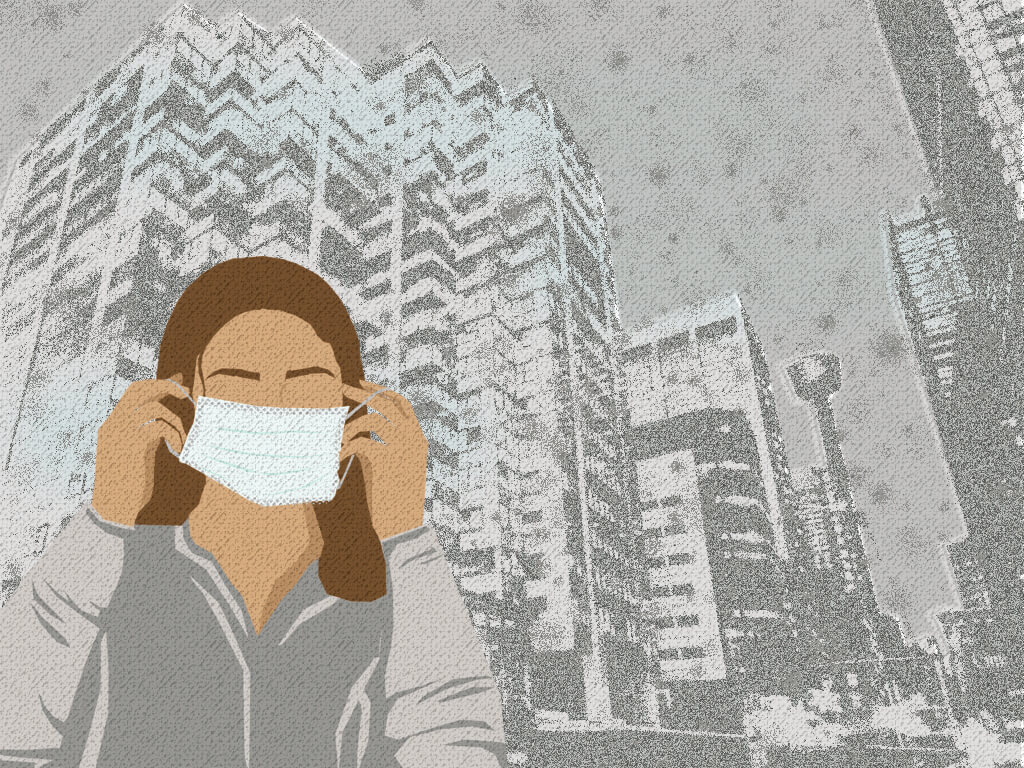
2. Wake-up call: India’s air pollution-related deaths among highest in the world
This graphic essay sought to answer key questions such as how bad India’s air pollution is, its impact on people’s health, who should take accountability, and what actions are needed. Written by multimedia journalist and researcher Jashvitha Dhagey with evocative graphics by architect, visualiser and writer Shivani Dave, the essay called for urgent, concerted and comprehensive action by governments at the national, state and city levels because combating air pollution is not a seasonal exercise.
3. Streets are sutradhars of people’s lives, first units of neighbourhoods
In this essay, PK Das, architect-activist and founder of Question of Cities, explains how streets are more than roads and argues for more well-planned and vibrant streets in cities. Street-based neighbourhoods reflect social cohesion but streets are being transformed into roads. Shop-fronted roads, built for the consumption economy and vehicles, have changed the aesthetic of streets as public places, and segregated communities, he wrote.
4. How is India mainstreaming gender in Climate Change adaptation?
Noted researcher, editor to journals on Climate Change, and a Lead Author on the Intergovernmental Panel on Climate Change (IPCC) Assessment Report 6, Dr Chandni Singh reflected on the portrayal of women as victims or ‘most vulnerable’ in the climate discourse. This, she wrote, erased the evidence of how they determine food security and family well-being while adapting to climate events, and called upon governments to move adaptation actions to a mix of gender-specific and gender-transformative approaches.
5. Dharavi makeover: Public loss, private gain in this mother of all redevelopment projects
Dharavi settlement in Mumbai is finally set to undergo redevelopment. Aptly called an informal city within a city, the vibrant settlement lacking in basic amenities, is home to nearly a million people and thousands of businesses and small-scale units in garment and clothing, food and snacks, engineering and pottery. As the Dharavi Redevelopment Project begins, helmed by the Adani group, this QoC Editorial raised important questions about the eligibility criteria for slum dwellers to get houses, resettlement of businesses, and the sweetheart deal that the Maharashtra government reached.
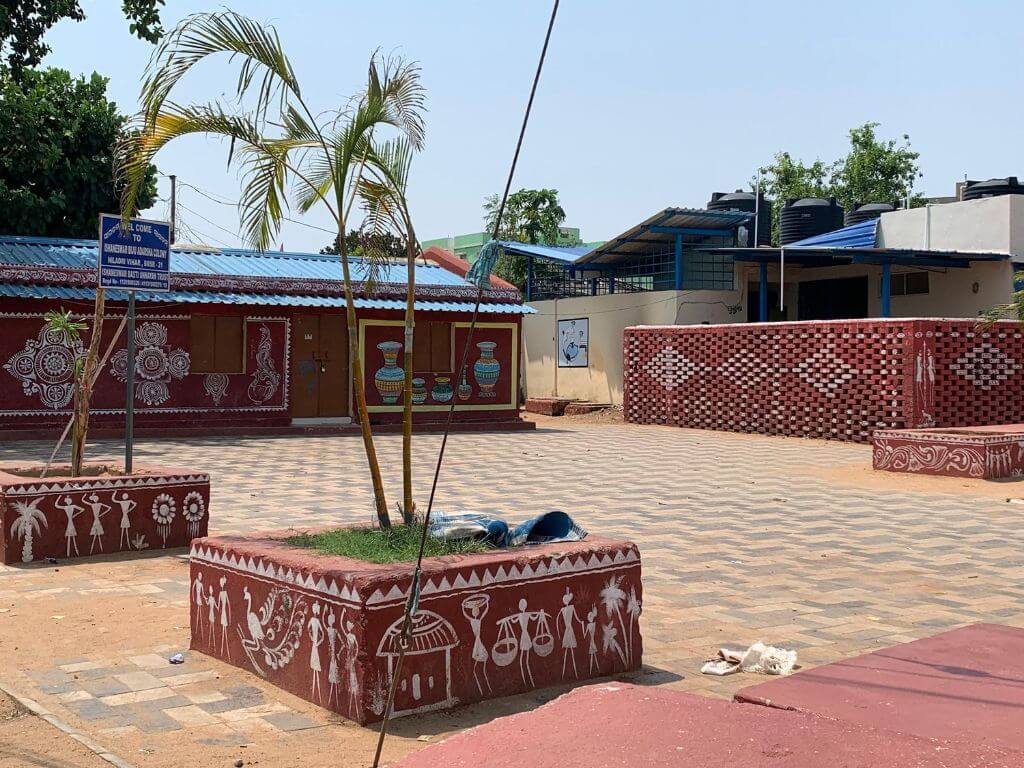
6. Jaga: Odisha’s land title to slum dwellers worthy of emulation
When Odisha rolled out its ambitious land rights initiative, Jaga Mission, nearly 3,000 slums across the state got a new identity, wrote Associate Editor Shobha Surin from Bhubaneswar. Under the Mission, slum dwellers are in the process of being given legal titles to the land (jaga) they have been occupying for decades – a pioneering move to make slums part of a city and offer slum dwellers housing security with tenurial rights and upgraded physical infrastructure. The essay reviewed the Jaga Mission, with participants and experts for its challenges and gaps, as it is being adopted by other states.
7. Chandigarh: Seductive and orderly icon yet prophetic for democracy
In this essay, veteran architect and professor, KT Ravindran, reflected on how Chandigarh, planned as a symbol of democratic ideals, hardly represents democracy or a universally-accessed equitable city. On the face of it, Chandigarh is a well-integrated functional city, fusing western Modernism with a new Indian typology, but its grid-iron layout has an uncanny resemblance to the social hierarchies of the Varnashrama in which the powerful and wealthy as new “Brahmins” occupy the north while “lesser citizens” occupy the southern sectors, he wrote.
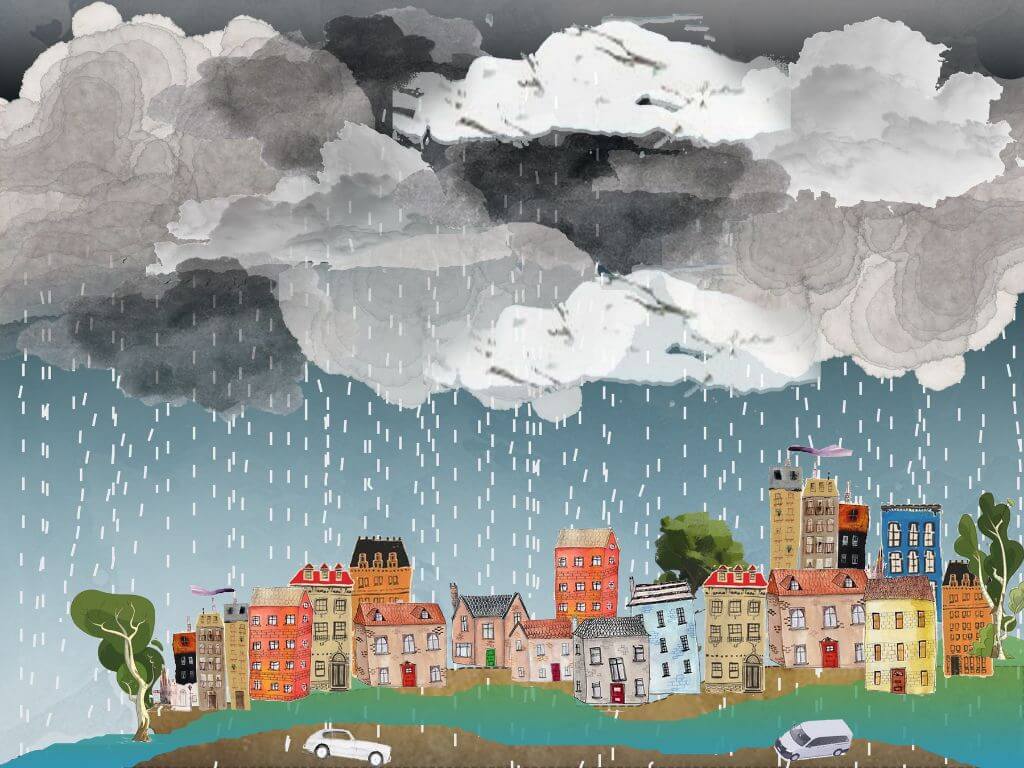
8. Drain the rain: Why urban India floods, how to build sponge cities
How frequent have floods been in some cities, why doesn’t the rainwater drain off, what measures have been adopted by international cities built on water or below sea level, how does the concept of ‘sponge city’ unfold on the ground? Architect and visualiser Maitreyee Rele addressed these questions in a visual essay using maps and her signature illustrations to tell the narrative of rising floods in India’s cities and how cities around the world have addressed the issue.
9. Urban spaces and mental health: The important correlation we miss
Architect, teacher and concerned learner Mansee Bal Bhargava delves into the relationship between the built environment and people’s mental health as well as social well-being, which are rarely thought of while building cities. If our built spaces isolate us, if trust and sharing are not encouraged anymore, if open and green spaces do not exist to soothe us, then people will feel lonely, anxious, and exhausted. By building such cities, we lose ourselves and our humanity, she wrote
10. We did a number of photo essays on a range of subjects that focused on nature and people in cities. Here are two of them.
‘By leaves we live, the world is mainly a vast leaf colony’
As a business place for hawkers, resting place for pedestrians and joggers, playgrounds for children, shrines for devotees, and a myriad urban activities, trees hold meaning for people in cities. In this photo essay, Shivani Dave captured the different relationships that people have with trees in their cities, each visual bringing to life the words of Sir Patrick Geddes, biologist, sociologist and town planner: “By leaves we live…we live not by the jingling of our coins, but by the fullness of our harvests”.
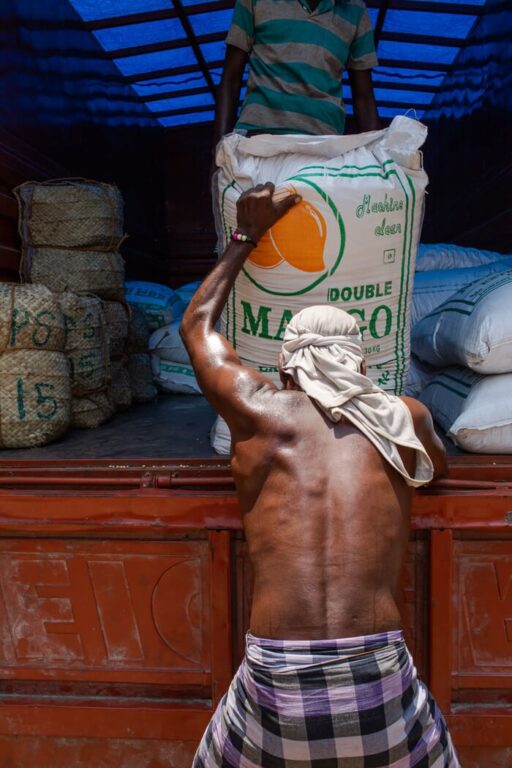
‘This summer heat is cooking our bodies alive, sweat runs off our feet’
Of the many types of informal workers – street hawkers, door-to-door vendors, construction workers, drivers, gig workers and others – who keep Chennai rolling, head loaders and cart pullers in the city’s famous wholesale market Parry’s Corner remain off the radar. They have no option but to toil through high heat – without mitigating measures such as cool shelters and drinking water booths. Acclaimed photojournalist Palani Kumar chronicled a few of the thousands of men who facilitate the commercial hub but find themselves – literally – on life’s edge.
11. Our interviews brought voices of experts, activists and people on the ground on a range of issues. Here are two of the most popular ones.
‘Cities are valued as places of commerce and not well-being, so trees are seen as dispensable’
Dr Harini Nagendra, Professor of Urban Ecology and Sustainability at the Azim Premji University, spoke to us about the value of trees in cities. Nature helps to de-stress, connect to our spiritual side, and respect the web of life, all of which are not possible if you only have malls, parking lots, offices, schools and colleges, the grey and the concrete, she said in the interview, arguing for environmental psychologists and health experts to be included in the urban planning process.
‘This year’s Yamuna floods are a trailer of bigger floods to hit Delhi’
As New Delhi and parts of the NCR struggled through a massive flood in July not seen in more than 40 years, the Yamuna breached its previous highest flood level to a new high of 208.66 metres. It is inaccurate to blame only persistent heavy rainfall because human-made reasons – constructions on the river’s floodplain – are equally responsible, explained Bhim Singh Rawat, associate coordinator of the South Asia Network on Dams, Rivers and People (SANDRP), in this interview, cautioning that Delhi is likely to see bigger floods.
12. We cannot end our year-end list without showcasing two of the essays from the rich work done by the six QoC-CANSA Fellows.

As climate-related ailments worsen, Dhaka hospitals fail to serve the poor
Journalist and researcher Sadiqur Rahman reported and wrote from Dhaka, Bangladesh, about the many struggles of the poor against the worst-ever outbreak of dengue and the inadequate healthcare facilities. The poor live in areas with compromised sanitation which worsens the vector-borne disease but face a huge financial burden given the cost of treatment. With studies predicting a 1.13 times increase in dengue cases if the maximum temperature rises by even 1 degree Celsius, the country has to seriously examine its healthcare as well as its climate response, he explained.
New cities, old predicaments: Role of planning in climate mitigation
Architect and urban designer, Arshiya Syed, researched the making of new ‘cities’ within the neoliberal framework with reference to Neopolis, the 533-acre greenfield project outside Hyderabad. This involves commodification of land at the expense of the natural environment and topography. Though projected as the next business district with an overwhelming 90 million square feet, environmental contradictions are ingrained in Neopolis given the change in land use, flattening of the complex non-urban environment, and modifications to natural vegetation; such an entrepreneurial approach to planning neglects climate mitigation, she wrote.
And lastly, we were honoured that Question of Cities was specially mentioned by Dr Minal Pathak, Associate Professor, Global Centre for Environment and Energy, Ahmedabad University, as a reference for research; Dhanya Rajagopalan of Mirabilis Group who included our essay on the Mithi in the Vision Document for a placemaking and governance project; and artiste Meghana T, co-founder of theatre group Tafreewale, who uses the journal regularly as a part of her research on climate change in cities for her play ‘Plan B/C/D/E’ that has been staged across cities.
Thank you for reading and engaging with Question of Cities.

